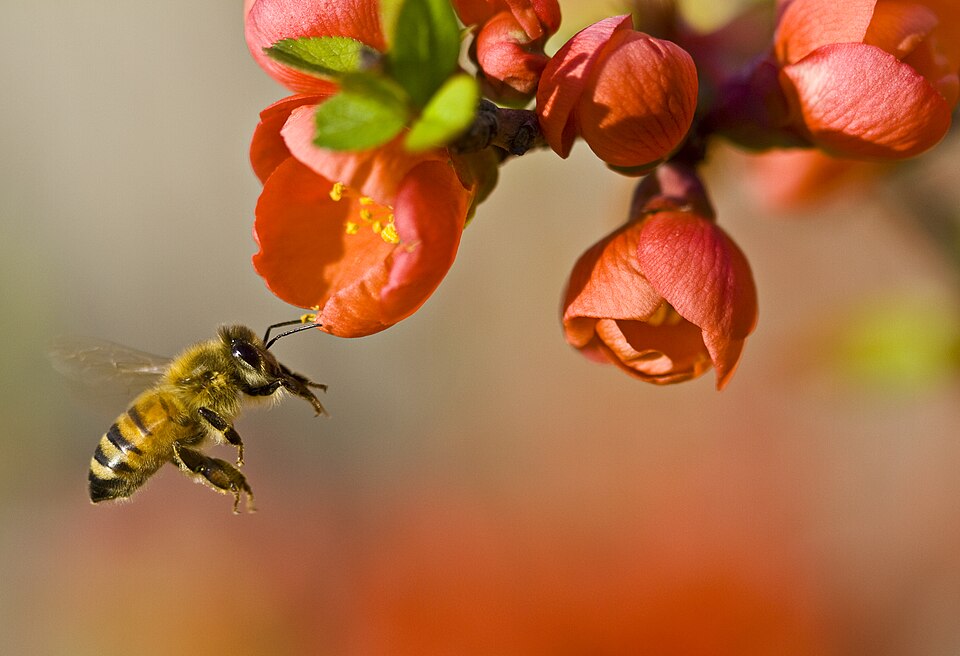A Quick Guide to Creating a Wildlife Sanctuary in Your Own Backyard
Here are five surprising ways to reconsider your backyard so it can promote native plants while also protecting wildlife.
Unintended Consequence: Ecological Wildlife Traps
Imagine a wildlife refuge that does not protect its wildlife. How could this be possible? It is not only possible, but it is also likely unless we take action to prevent it.
Unfortunately, many advocates of native plants, birds, and pollinators—good-hearted people who want to help reverse biodiversity declines by providing the native plants which wildlife needs in their yards—inadvertently make this mistake. When we design ecologically attractive landscapes that also include real dangers to wildlife, we have actually created ecological traps that draw many animals to their death. And that, of course, is not the goal.
We need a culture change on how we promote native plantings—and we know changing culture can be an uphill battle. Nevertheless, the logic of not killing the wildlife we want to protect is overwhelming. We need to up our game to both promote native plants and protect wildlife.
Five Key Actions
There are five key actions that should be in place the day native trees, bushes, or flowers are planted:
Ban cats from the area. Pet and feral cats kill between 1.4 and 3.7 billion birds—and countless butterflies—annually.
Bird/window collisions kill over a billion birds in the United States every year, and billions more worldwide, and can undo much of the benefits of planting natives. Install attractive and affordable collision prevention systems on your home’s windows.
Make glass visible to birds using stickers, strings, or film in a 2” x 4” pattern. Other DIY and affordable options for homeowners and renters include closing blinds and keeping screens on windows year-round. Detailed instructions can be found here.
For new construction or replacement windows, options include acid-etched and fritted glass. Select manufacturers are developing new solutions using ultraviolet (UV) spectrum light since it is visible to birds but invisible to us.
Manage pests without pesticides. Did you know mosquito fogging kills all insects, including essential bird food? The same non-target effects can be said of broad-spectrum lawn treatments and insecticides: They are rarely necessary at all but are pushed by lawn care companies.
Instead, use safe and effective products with the active ingredient Bacillus thuringiensis israelensis, or BTI for short. It’s deadly to mosquito larvae but harmless to all other living things, including bees, butterflies, caterpillars, fireflies, dragonflies, and humans.
Turn off outdoor lights, install motion detectors, or switch to yellow bulbs. Residential outdoor lights are a major cause of insect declines, particularly the moths that create the caterpillars that feed the birds.
Be mindful of wildlife when doing routine yard maintenance. Avoid mowing in the evening when toads are active. Raise mower blades so that you mow over the box turtle instead of through it. Put window guards on basement windows so that frogs and toads don’t get trapped and die.
Plant and Protect
One major wildlife organization recently published a long article about the benefits of native plants, including detailed descriptions of how to select, buy and plant them. But only the final closing paragraph mentioned protecting birds from window strikes—and this article was an exception.
Most articles promoting native plants say nothing about protecting the wildlife those plants will attract to your yard. We need to change the narrative so we aren’t leading our wildlife to death traps.
If we don’t plant and protect simultaneously, we have actually conserved little.



